Since the sun doesn’t always shine, sooner or later the question arises as to whether you are allowed to fly your drone in bad weather. After all, atmospheric shots can also be taken in bad weather. The following guide is intended to provide you with some assistance in this regard.
Especially in the autumn and winter months, you often face grey and uninviting weather. This is usually accompanied by rain or snow. So what should you do as a drone pilot? Leave your drone packed away or venture out anyway and take some shots? To answer this, we first need to define what we mean by bad weather.
What is bad weather?
By bad weather, we mean rain, snow, fog and/or strong winds. In other words, conditions that are not ideal for flying your drone.
Flying drones in snow or rain
What is the problem with flying in rain or snow? At first glance, this question is easy to answer. Drones consist of many electronic components and are generally not waterproof. For this reason, it is not recommended to fly your drone in these weather conditions.
Moisture can damage the electronics. This can cause the drone to crash, which in turn can result in further damage. Sensors or the camera can also be damaged. If you don’t have comprehensive insurance for your drone or participate in the DJI Care programme for DJI drones, you’ll have a lot to be annoyed about.
Of course, rain does not necessarily cause immediate damage to the drone. It is not uncommon for drone pilots to fly in bad weather without their drone sustaining any damage. However, this is strongly discouraged, as flying is at your own risk.
Additional information on the topic of drones in winter can be found in our special guide.
Flying in fog
The same applies when flying in fog. Depending on how dense the fog is, it can stick to the drone and form droplets that are almost like raindrops. These can cause similar damage to flying in the rain.
In addition, thick fog further impairs visibility. This can often cause you to quickly lose sight of the drone (caution: flying is only permitted within sight) and no longer be able to see exactly where you are flying. If you fly your drone in foggy conditions, you need to take extra care in two ways!
Flying in strong winds
Strong winds will not directly damage your drone. However, depending on the strength of the wind, it will be more difficult for you to control the drone. This can lead to you losing control of the flight path, which may result in a collision and/or crash. So pay attention to the wind strength before you take off. The wind strength at ground level is of secondary importance, as you will usually be flying the drone at higher altitudes.
Depending on the drone model, you may also receive a warning in your drone app when strong winds are present. It is therefore always important to pay attention to the information provided by your drone.
Further details on the topic of maximum wind speed when flying drones.
Apps as assistance
Alternatively, you can also check the weather using appropriate apps. One option is our free weather data, which you can access with a skyzr account. In our article The best apps for drone pilots, we also introduce you to other useful apps.
Summary
It is therefore advisable not to fly your drone in bad weather. If it is raining too heavily, there is thick fog or the wind conditions do not allow for controlled flight, it is better to wait until the next day.
Those who do so anyway should be aware of the risks. However, they may be rewarded with atmospheric images. In the worst case, however, they may also end up with a crashed drone.
Flying drones in bad weather FAQ
It is better not to do so. The reasons for this are explained in the article.
This is also not recommended. Depending on how thick the fog is, flying may also be prohibited. All information can be found in the article.
The same applies here as in the case of rain: it is preferable not to. All details can be found in the article.



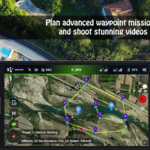

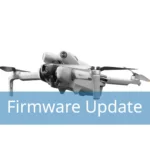
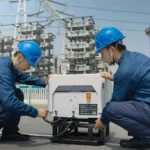


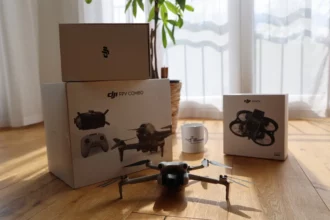

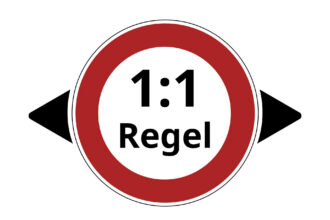

 19.11.2025 //
19.11.2025 //  16 – 17 Uhr //
16 – 17 Uhr //  Digital
Digital